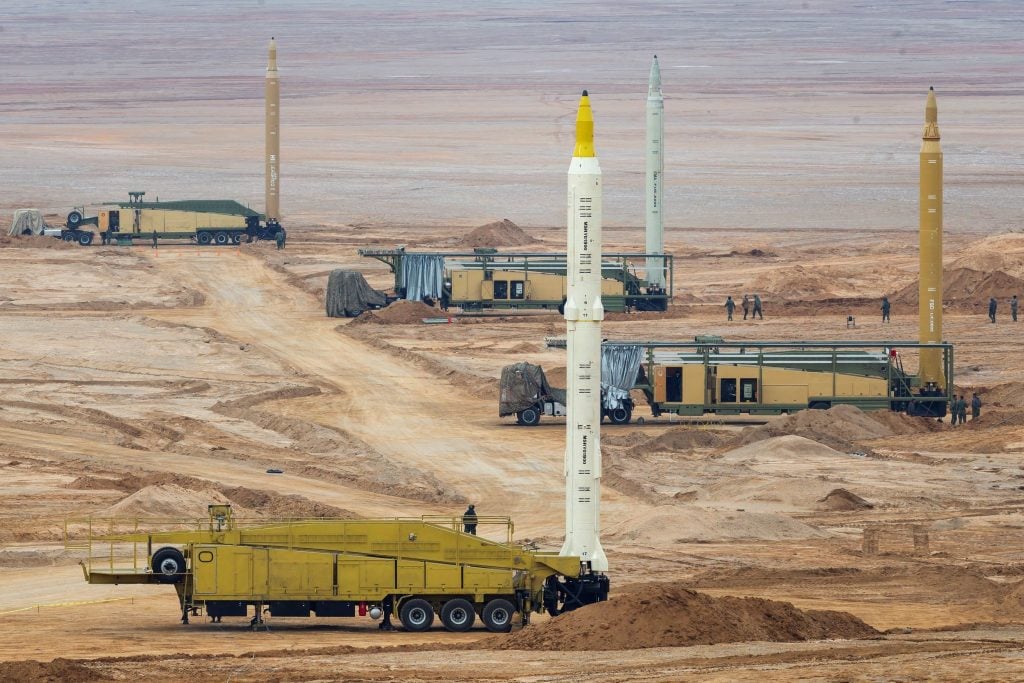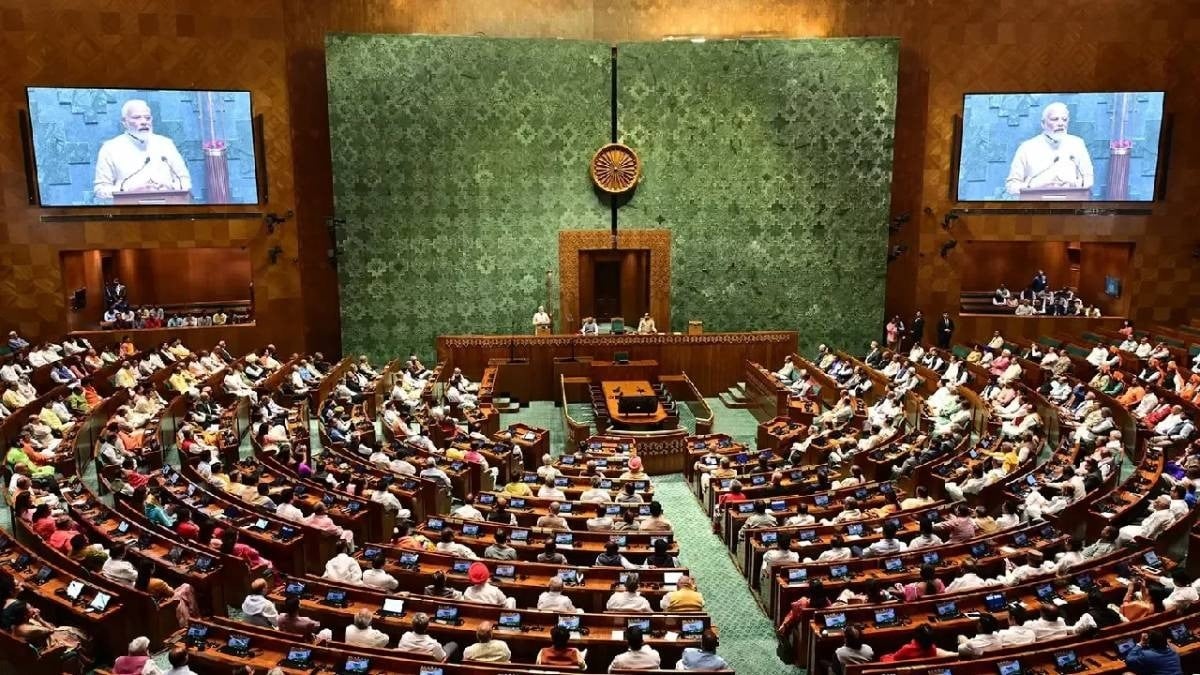In a significant escalation of the ongoing Israel-Iran conflict, Iran’s Islamic Revolutionary Guard Corps (IRGC) has announced the successful launch of a Sejjil-2 medium-range ballistic missile aimed at Israeli targets. This strike, part of what has been termed “Operation True Promise 3,” also marks the missile’s inaugural use in actual warfare, indicating a pivotal shift from proxy engagements to direct confrontations between the two states.
The missile launch followed a series of Israeli airstrikes targeting Iranian nuclear and energy infrastructure, emphasizing the increasingly hostile environment in the region. By deploying the Sejjil missile, Iran has notably elevated the stakes, introducing the potential for broader regional and international involvement in the conflict.
### Understanding the Sejjil Missile
The Sejjil missile, developed domestically by Iran, is a two-stage, solid-fuel ballistic missile with a reported range between 2,000 to 2,500 kilometers, with some unverified models possibly extending up to 4,000 kilometers. The missile’s solid propellant configuration affords it quicker launch capabilities and greater mobility, setting it apart from earlier Iranian liquid-fueled systems.
It has a warhead capacity of up to 700 kilograms, allowing for both conventional and strategic payload applications. The Sejjil-2 variant, which has been in development since its first test in 2008, boasts advancements in accuracy, survivability, and launch readiness, making it a significant asset in Iran’s military arsenal.
### Military Significance of the Sejjil Missile
The application of the Sejjil missile marks a vital progression for Iran’s military capabilities. The missile’s solid-fuel construction minimizes the time required for launch preparations, thereby reducing Israel’s early-warning window. Its operational range not only encompasses all of Israel but also includes U.S. military installations within the Middle East.
Analysts indicate that the Sejjil missile is engineered to breach advanced air defense mechanisms, such as Israel’s Arrow and David’s Sling systems. Its mobility and the possibility of saturation attacks complicate detection and interception efforts, raising concerns regarding Israel’s defensive strategies.
### Targeting and Immediate Aftermath
Iran has stated that the missile targeted Israeli intelligence and air force facilities. In response, the Israeli military affirmed they intercepted the missile mid-air, with debris from the interception reportedly causing minor damage to a civilian vehicle. Conflicting accounts have surfaced regarding whether a nearby hospital was struck by shockwaves or if it was a deliberate target. Reports indicate that Israel’s Arrow-3 defense system played a crucial role in neutralizing the ballistic threat.
### Strategic Ramifications
The deployment of the Sejjil missile underscores a significant change in Iran’s military strategy, demonstrating Tehran’s readiness to confront Israel directly with advanced weaponry. This escalation exerts additional pressure on Israeli defense systems already preoccupied with frequent threats from Iranian proxies throughout Lebanon, Syria, and Yemen.
In response to the heightened tensions, the United States has mobilized advanced air defense assets within the region, signaling that they may contemplate direct intervention if American interests are jeopardized. Gulf nations, too, are on high alert, dreading the spillover effects of the escalating conflict.
### Israel’s Defense and Response Mechanisms
Israel’s missile defense infrastructure, characterized by a layered approach involving the Iron Dome, Arrow-2/3, and David’s Sling systems, remains functional. However, intelligence analysts caution that sustained large-scale missile assaults could potentially overwhelm these defenses. U.S. support, particularly through surveillance and radar systems, has become vital in providing real-time data to enhance interception capabilities.
### A Long-Awaited Operationalization
The Sejjil missile program has its roots in Iran’s 2008 test of the Sejjil-1 and the subsequent introduction of the upgraded Sejjil-2 in 2009. Over recent years, Iranian defense analysts have reported advancements concerning the missile’s range and precision. Remarkably, this recent strike marks the missile’s first utilization in any form of armed conflict.
### Global Reactions
The international community has reacted to this escalation with urgency. The United Nations is convening an emergency session of the Security Council, while the United States condemned the missile launch and reaffirmed its commitment to Israel’s security. Conversely, both Russia and China have called for measured responses, urging restraint from all parties involved, and the European Union has emphasized the necessity for de-escalation. Financial markets have also reacted, with oil prices spiking amid growing concerns of regional instability.
### Future Implications
Israel has indicated that a more extensive retaliatory measure may be forthcoming, with its ambassador to the U.S. warning of an intense response if provocations continue. The specter of a multi-front war looms larger, as groups like Hezbollah, various Iraqi militias, and Yemeni Houthis could potentially initiate new conflicts against Israel.
### Conclusion
The operational employment of the Sejjil missile signifies a perilous evolution in the Israel-Iran conflict landscape. With both nations equipped with sophisticated missile technologies and global powers entangled in the unfolding scenario, the potential for a widespread conflict has reached alarming levels. As calls for restraint echo through diplomatic channels, the need for engagement becomes increasingly urgent to navigate through this escalating crisis before crossing an irretrievable threshold.










